The Japanese tea ceremony, called chanoyu “the way of tea” in Japanese, is one of the country’s best known cultural traditions and is something that everyone should experience at least once in Japan.
It is a choreographic ritual of preparing and serving Matcha, together with traditional Japanese sweets to balance with the bitter taste of the tea.
Here are 6 things you need to know about the Japanese Tea Ceremony:
1. Origin
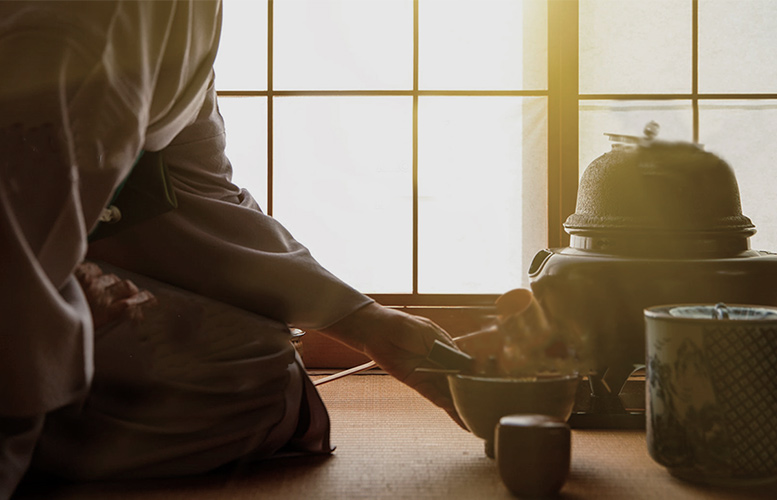
The earliest tea ceremony came to Japan in the 6th century as a significant part of Buddhist meditation. The earliest documented tea in Japan came from a Buddhist monk in the 9th century a named Eichu. By the end of the 12th century, a Buddhist monk named Eisai introduced tencha – tea preparation to Japan.
During the Kamakura Shogunate, tea rose to a status symbol of the warrior class. During that time, tea tasting parties rose to popularity and became a widespread practice in Japan.
Many of the tea ceremony schools throughout the history are still active today.
2. Venue
Any room or space where the needed implements for tea preparation and where the host can make tea in front of their guests may be used.
Nodate (野点) is an outdoor, picnic-style gathering.
Chashitsu is a specially built room for tea ceremonies.
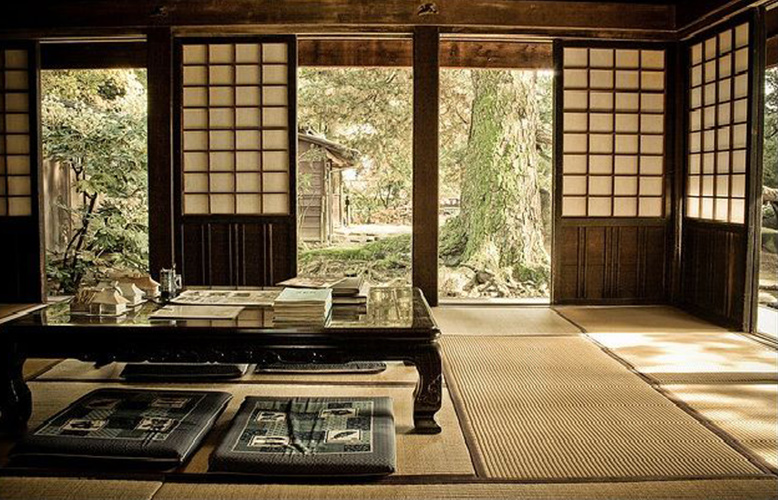
It has a waiting area, tatami floors, a low ceiling, shoji – screens, and a hearth built into the floor. There are also several entrances for the guests and host.
3. Elements
Chawan – 茶碗 is a tea bowl that comes with a wide range of styles and sizes. Shallower bowls are used in summer so that the tea cools easily, while deep bowls are used in the winter.
Chashaku (茶杓) is a tea scoop made from bamboo, wood, or ivory, to transfer tea into the tea caddy.
Wagashi (和菓子) are traditional Japanese confections that are often served with tea, especially the types made of mochi, anko (azuki bean paste), and fruits. Wagashi are typically made from plant ingredients. These pretty creations are traditionally served during the tea ceremony to complement the bitter matcha tea. They are very delicate and are very pleasing to the eye having been tinted and sculpted into various shapes and styles.
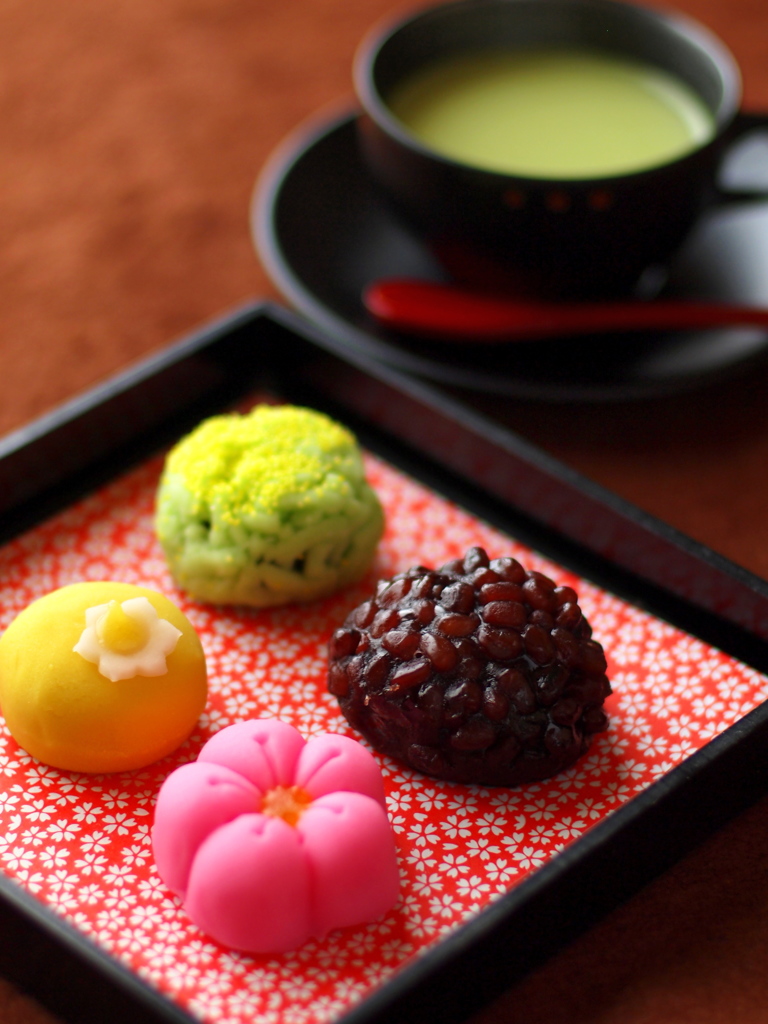
There are different variants of the wagashi depending on seasons. The manner in which they are shaped is inspired by nature.
Chasen (茶筅) is a traditional Japanese tea whisk, which is used during the ceremony. It is made from bamboo, which is finely split hundreds of times and then individually curled to create the perfect tool for the ceremony.
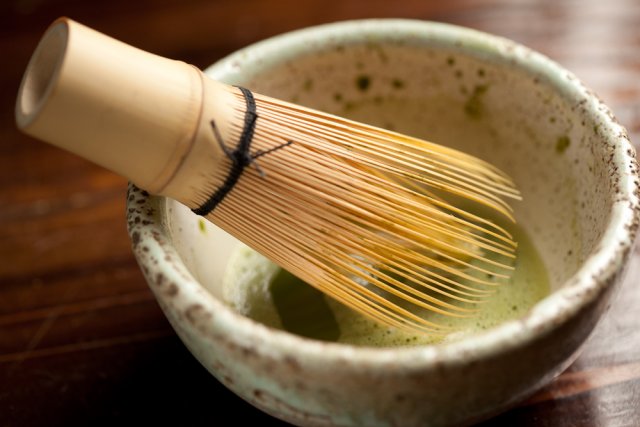
The bamboo whisk whips the matcha green tea powder into a fine emerald- green foam liquid.
4. Ceremony
The Japanese tea ceremony varies from the different schools of thought. Guests enter the waiting room, where they put on tabi – 足袋, traditional Japanese socks.
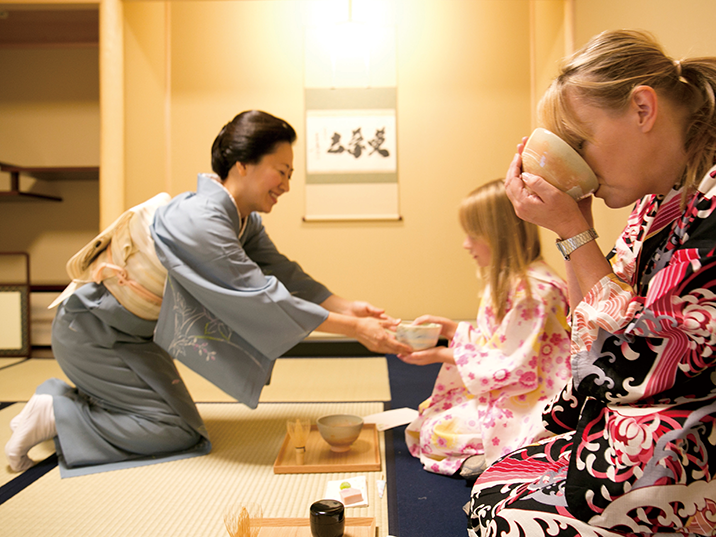
They are led to a basin where they wash their hands and rinse their mouths. In order of status, they sit on the tatami and when everyone is seated, the host is alerted through the sound created by the closing of the Shoji.
The chaji starts with heating the water with charcoal fire. Guests are then served their meal, followed by Kaishi – sweet edible paper. After their meal, guests will take a break back in the waiting area.
When summoned back, they perform the cleansing ritual and sit back in their original positions. The host begins the ritual of cleansing of utensils in front of the guests.
The guest rotates the bowl in order to avoid drinking from the front. After a few sips, the guest then wipes clean the bowl’s rim and passes it onto the next guest.
After everyone has drank from the bowl, they are served with more treats as the host lay out the items for the guest to view. The items are treated with extreme care, as they can be priceless irreplaceable antiques.
5. Receiving and drinking
When receiving a bowl of tea, place it between you and the next guest and bow to excuse yourself for going first. Place the bowl in front of your knees and thank the host for offering the tea. Pick up the cup and rotate the bowl so that the kiln mark / decoration is facing the front. Drink and wipe the rim of the bowl, turning the front of the bowl back to face you. When returning the bowl back, ensure that the front is turned back to face the host.
6) Wabi Sabi (侘寂)
Wabi-sabi is the quintessential Japanese aesthetic.
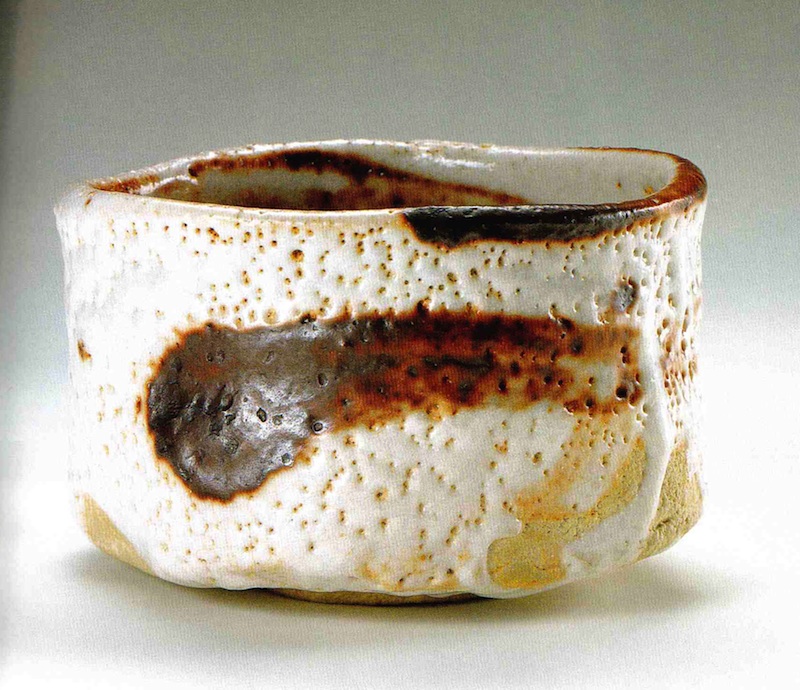
“Wabi” is the kind of perfect beauty that is caused by just the right kind of imperfection, such as an asymmetry in a ceramic bowl which reflects the craftsmanship, as opposed to a mass produced bowl.
“Sabi” is the kind of beauty that can come only with age, such as the patina on a very old bronze statue.
The pottery used during the tea ceremony changes over time with gradual color variations and chipped edges. Japanese tea ceremony masters have admired cracks on tea bowls as the imperfections tell a story of their own.
This goes in line with the Wabi Sabi philosophy, which celebrates imperfections.

